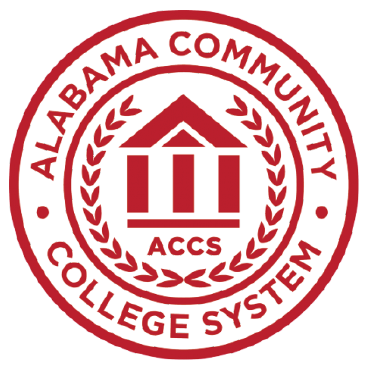The costs indicated on this College Financing Plan are an Estimated Cost of Attendance for the academic year of 2023-2024. However, your actual costs to attend the College will be much less and may be covered by your Federal Pell Grant award.
Glossary
Cost of Attendance (COA): The total amount (not including grants and scholarships) that it will cost you to go to school during the 2023–2024 school year. COA includes tuition and fees; housing and meals; and allowances for books, supplies, transportation, loan fees, and dependent care. It also includes miscellaneous and personal expenses, such as an allowance for the rental or purchase of a personal computer; costs related to a disability; and reasonable costs for eligible study-abroad programs. For students attending less than half-time, the COA includes tuition and fees; an allowance for books, supplies, and transportation; and dependent care expenses.
Total Grants and Scholarships: Student aid funds that do not have to be repaid. Grants are often need-based, while scholarships are usually merit-based. Occasionally, you might have to pay back part or all of a grant if, for example, you withdraw from school before finishing a semester.
Net Costs: An estimate of the actual costs that you or your family will need to pay during the 2023-24 school year to cover education expenses at a particular school. Net costs are determined by taking the institution’s cost of attendance and subtracting your grants and scholarships.
Work-Study: A federal student aid program that provides part-time employment while you are enrolled in school to help pay your education expenses.
Loans: Borrowed money that must be repaid with interest. Loans from the federal government typically have a lower interest rate than loans from private lenders. Federal loans, listed from most advantageous to least advantageous, are called Federal Perkins Loans, Direct Subsidized Loans, Direct Unsubsidized Loans, and Direct PLUS Loans. You can find more information about federal loans at StudentAid.gov.
Family Contribution (also referred to as Expected Family Contribution): A number used by a school to calculate how much financial aid you are eligible to receive, if any. It is based on the financial information you provided in your Free Application for Federal Student Aid (FAFSA). It is not the amount of money your family will have to pay for college, nor is it the amount of federal student aid you will receive. The family contribution is reported to you on your Student Aid Report, also known as the SAR.
Graduation Rate: The percentage of students who graduate from an institution. This shows students who began their studies as first-time, full-time degree-or certificate-seeking students and completed their degree or certificate within 150 percent of “normal time.” For example, for a four-year school, the graduation rate would be the percentage of students who completed that program within six years or less.
Loan Default Rate: The percentage of student borrowers – undergraduate and graduate – who have failed to repay their federal loans within three years of leaving a particular school. A low loan default rate could mean that the institution’s students are earning enough income after leaving school to successfully repay their loans.
Median Borrowing: The amount in federal loans the typical undergraduate student takes out at a particular institution. It also indicates the monthly payments that an average student would pay on that amount using a 10-year repayment plan.





